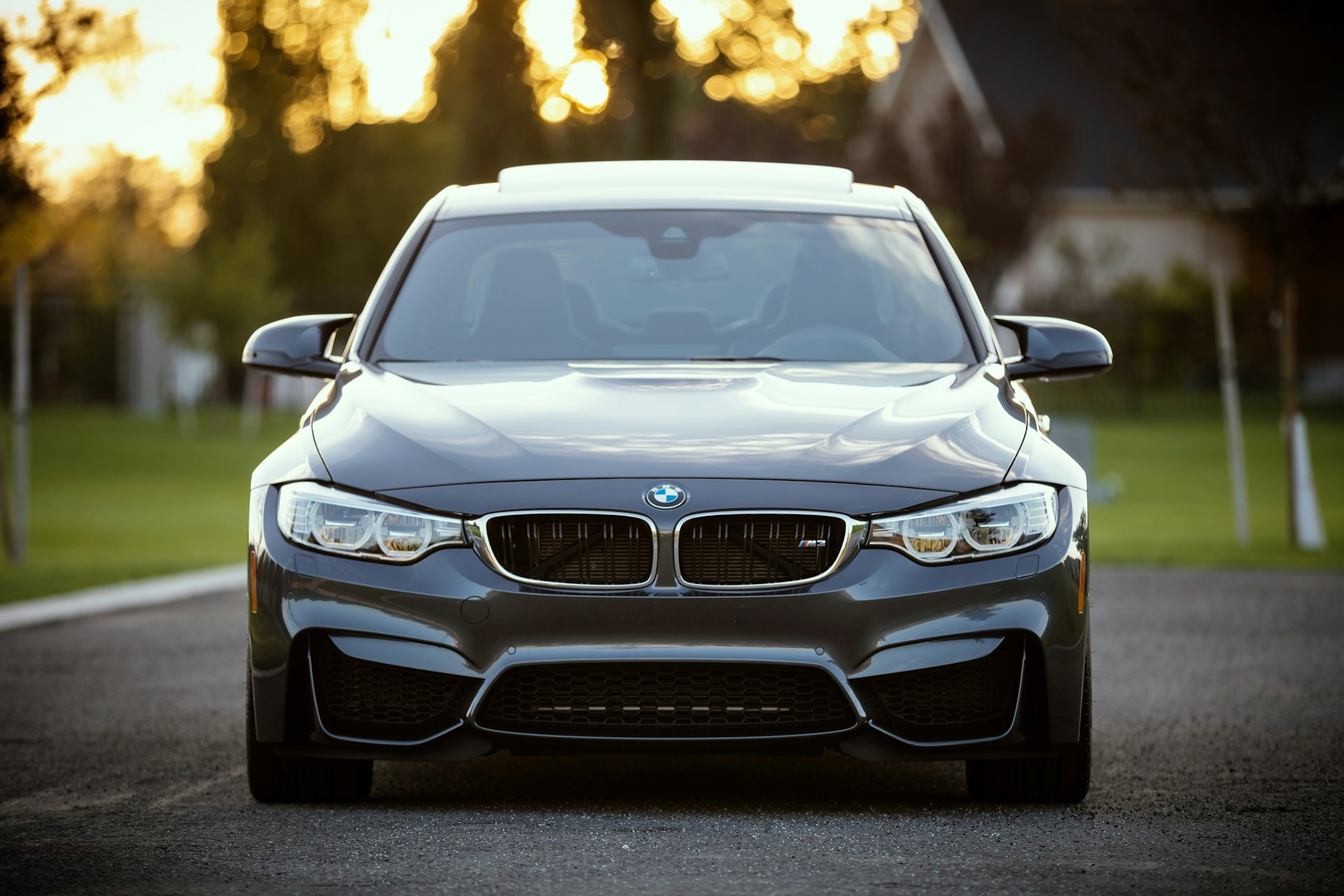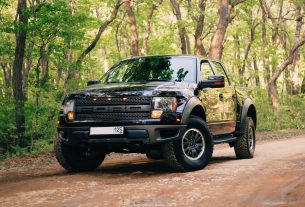A Distinctive Approach to the Premium Segment
The automotive market has long been dominated by the notion that sportiness sells. Car manufacturers consistently emphasize performance-oriented features, from dynamic driving modes to aggressive styling, even when the average driver rarely seeks a high-adrenaline driving experience. Many buyers prioritize comfort, ease of use, and refinement over sporty handling, yet the market remains saturated with cars designed to exude a performance-driven appeal. Enter DS Automobiles, a brand seeking to challenge the status quo.
DS: Shaping Its Identity in the Luxury Space
Originally an offshoot of Citroën, DS has spent the years since its independent launch in 2016 refining its brand identity. The early models, such as the DS 3 (formerly the Citroën DS3), were positioned as sporty, compact alternatives to the likes of the Mini, while the DS 4 Crossback and DS 5 featured unconventional designs that struggled to find a consistent audience. However, recent models like the DS 3 Crossback and DS 7 Crossback signaled a clearer direction, while the DS 9 further established the brand’s luxury aspirations. Now, with the latest DS 4, the company aims to deliver a premium hatchback that blends distinctive styling with comfort-focused engineering.
The Range and Model Variants
The DS 4 is available in three main trim levels: the standard DS 4, the rugged Cross, and the sport-inspired Performance Line. These trims are further divided into sub-levels, with Bastille+ being the most affordable option, exclusively available with the PureTech 130 engine. Interestingly, the pure petrol 225 model carries a higher price tag than the plug-in hybrid E-Tense 225, as it is offered only in the upper-tier trims.
A Bold Design That Stands Out
One of the key selling points of the DS 4 is its striking aesthetic. While previous DS models, such as the DS 7, bore some resemblance to their German rivals, the DS 4 seeks to carve out its own unique visual identity. It sits taller than most hatchbacks, featuring an elongated bonnet that contributes to a silhouette reminiscent of a shooting brake.
Wheel size plays a significant role in its commanding stance. The test model was equipped with 19-inch alloys wrapped in high-profile tyres, with 20-inch and even 21-inch options also available. These proportions give the DS 4 an unmistakable presence on the road, reinforcing its blend of luxury and practicality.
DS offers three distinct stylistic approaches. The standard DS 4 is positioned as the premium option, particularly in the range-topping Rivoli trim. The Performance Line trim, as tested, includes black accents and Alcantara interior upholstery but does not offer any mechanical upgrades. Meanwhile, the Cross variant introduces rugged black cladding and optional Advanced Traction Control, which enhances grip in challenging conditions such as snow, sand, and mud.
Shared Underpinnings with Stellantis Siblings
Beneath its bespoke exterior, the DS 4 shares its EMP2 platform with models such as the Peugeot 308 and Vauxhall Astra. As a result, it inherits a similar range of powertrains, including three- and four-cylinder petrol engines, a plug-in hybrid, and a diesel option. Notably, the platform has been updated with lightweight composite materials and reinforced structural components, enabling it to house a substantial battery within the floor.
This forward-thinking approach means that a fully electric DS 4 is on the horizon, slated for release in 2024. This marks a significant step in DS Automobiles’ transition to an all-electric lineup. However, the current petrol, diesel, and hybrid variants will remain available for only a limited time, as the brand moves toward full electrification.
Performance and Weight Considerations
Despite the DS 4’s claims of using lightweight materials, the plug-in hybrid version remains relatively heavy. Weighing in at 1,706kg, it is 40kg heavier than the Mercedes-Benz A250e, despite the latter housing a larger 15.6kWh battery compared to the DS 4’s 12.4kWh unit. While this added weight does not drastically impact everyday usability, it is worth noting for those prioritizing efficiency and agility.
The Verdict: A Refreshing Alternative
The DS 4 positions itself as an intriguing alternative to the mainstream premium hatchback segment. By prioritizing comfort, luxury, and distinctive styling, it offers a refreshing break from the German-dominated market. However, it is not without its drawbacks. Rear and front legroom remain somewhat limited, and the plug-in hybrid variant carries a considerable price premium.
For those seeking a stylish, comfort-oriented hatchback that dares to be different, the DS 4 presents a compelling case. With its upcoming electric variant, the model is set to play an increasingly pivotal role in DS Automobiles’ evolution toward a more sustainable future.



